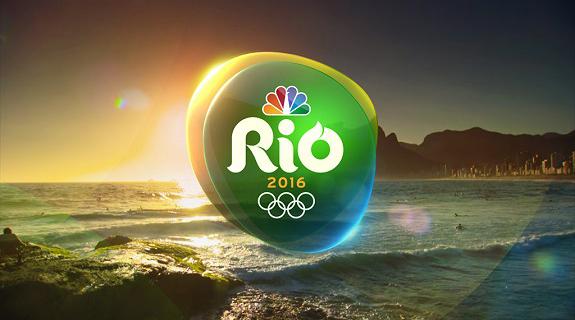Despite the challenges coming into the Rio Olympics – the Zika virus, political and economic turmoil, concern over crime and water safety – NBC saw its most profitable Olympics broadcast to date, said Jim Bell , executive producer for NBC Olympics during a presentation at The LiveFronts in New York City on Tuesday.
“How did we at NBC Universal make out in Rio? Pretty good,” Bell said. “It was the most consumed Olympics ever, which may not surprise you because it was the most available Olympics ever.”
Comparing the Rio Olympics to Atlanta, Bell noted that in 1996 there was a total of 170 hours of Olympics to watch.
“Fast forward 20 years to nearly 7,000 hours of content available to touch at the Rio Olympics,” Bell said, calling the number “staggering.”
That uptick in available content translated to a major profit boon for the Peacock: $250 million, according to Bell.
But despite the fact that NBC has been offering livestreams of all competitions since the 2012 London Games, the digital audience still represents a surprisingly small slice of the Olympics pie.
Out of the 200 billion minutes of Rio Olympics content that was consumed from NBC’s linear and digital platforms, just 3 percent was digital – 97 percent was still on linear TV.
This is a number that surprised even Bell: “I was shocked by the number,” Bell said, admitting he thought the percentage would be much larger. “It sort of simultaneously confused and pleased me because it’s like we’re still here—linear!”
And of the digital Olympics content consumed, more than half was consumed on smart TVs, Bell said. So a big screen is still, overwhelmingly, the preferred method of watching the Games.
But although the digital pie slice is still small, it’s one that’s getting bigger every year. “I think that percentage is inevitably going to shift,” Bell said.
And, notably, the Olympics’ digital audience offered the network more bang for their buck in terms of advertising dollars.
“I’m told the digital streams monetize better compared to live TV,” Bell said.
“That’s obviously where a lot of advertisers want to be but they also appreciate that there’s this big swath out there that wants to watch the Olympics in prime time,” he added. “Our business model still is built on the revenues specifically coming from prime time broadcast commercials,” Bell said.
To help capture the millennial audience for the Rio games, NBC turned to Snapchat. But recognizing that Snapchat wasn’t exactly in their wheelhouse, they “farmed out” Snapchat content to their partner BuzzFeed.
The strategy met with a lot of success, reaching 33 million users, 90 percent of whom were under 35, Bell said.
“When I saw those numbers from Snapchat and the way they were engaging younger people, I was pretty over the moon,” Bell said.
Another surprise for NBC was the audience’s changing perception of commercial advertising during the Olympics.
Bell cited the outrage on Twitter over the perceived increase in commercials during 2016’s Opening Ceremony, even though less time was devoted to them than in the London Games.
“I was very intimately involved in the planning and execution of the commercial load of the opening ceremony and it was less than London, but if you went on Twitter you wouldn’t have thought that to be the case,” Bell said.
He characterized the audience’s decreased tolerance for commercial interruption as a cultural shift, noting that the audience’s perception of commercials and how much time is devoted to them has changed in just four years. “That was pretty eye-opening,” Bell said.
Bell said the challenge that lies ahead for NBC and its Olympics coverage—and any livestreaming content—is how to measure success in this emerging space.
“Now it’s down to how are we measuring that audience, how are we monetizing that audience?” Bell said. “We wish we had a Nielsen for what’s going on now—at least to have some standard accepted measurement.”
And this challenge inevitably becomes more complicated with the next three Olympics games being planned in Asian cities—Pyeongchang, Tokyo and Beijing—where the time zone difference will mean a bigger gap between prime-time TV viewing hours in North America and live competitions.
Tags:













































__twocolumncontent.jpg)











